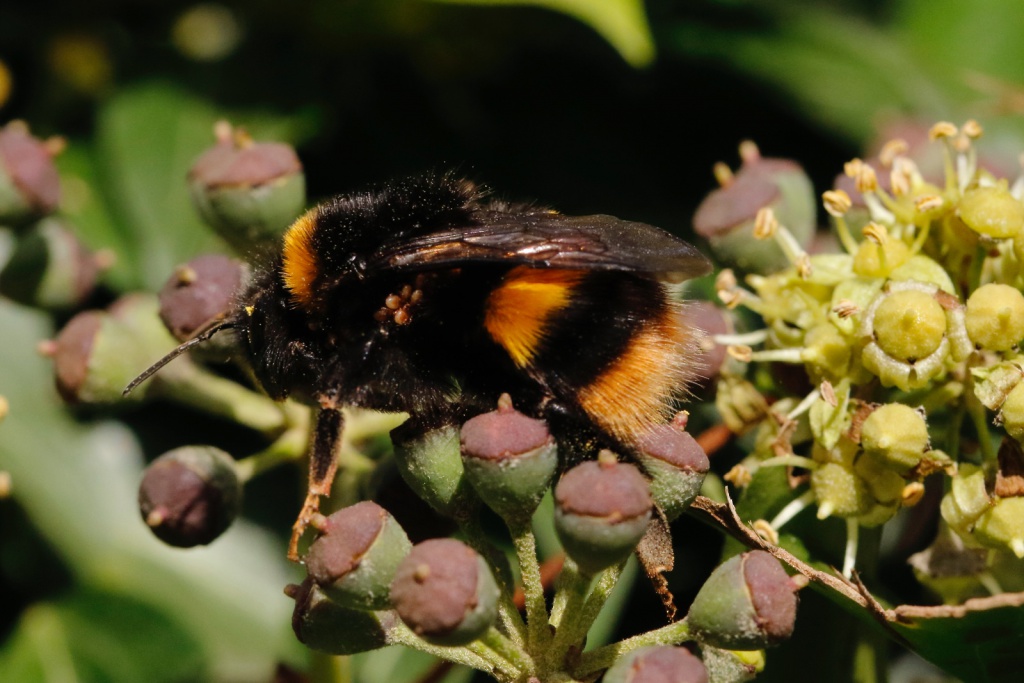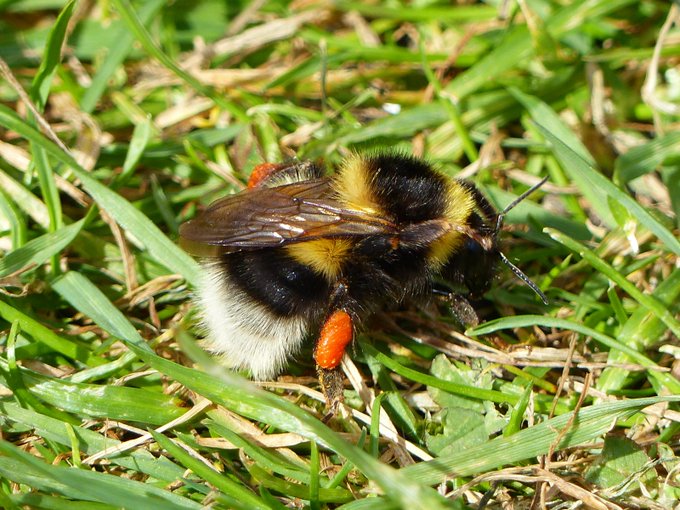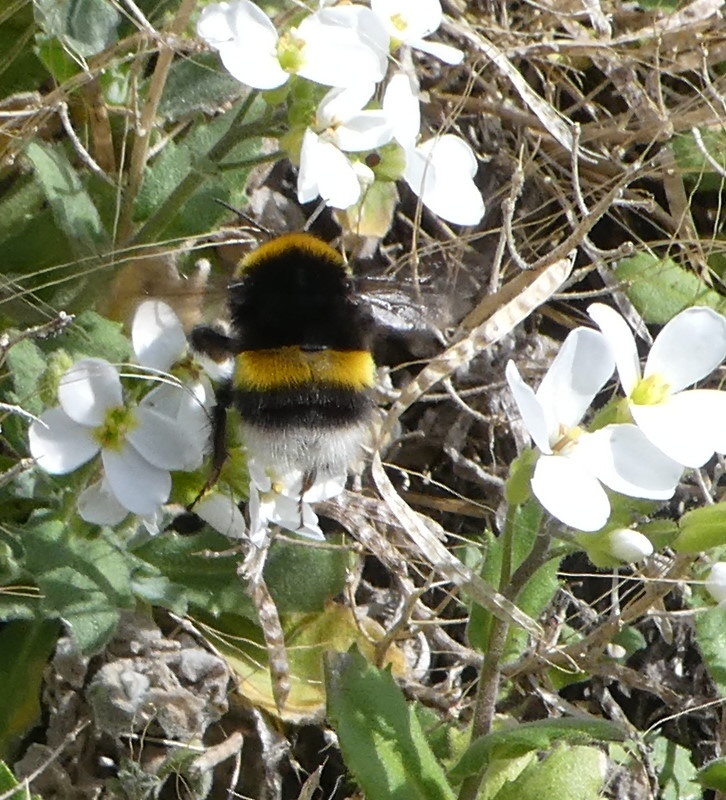The White-tailed Bumblebee is a classic bumblebee with two yellow bands and a white tail.
Fast facts
- Common name
- White-tailed Bumblebee
- Scientific name
- Bombus lucorum / magnus / cryptarum
- Bee group
- Species of bumblebee (genus Bombus)
- When to see it
- March – October
Description
With a white tail and two yellow bands, the White-tailed Bumblebee is the classic depiction of a bumblebee. Found in a variety of habitats, it is one of the most common and widespread bumblebees.
Identification
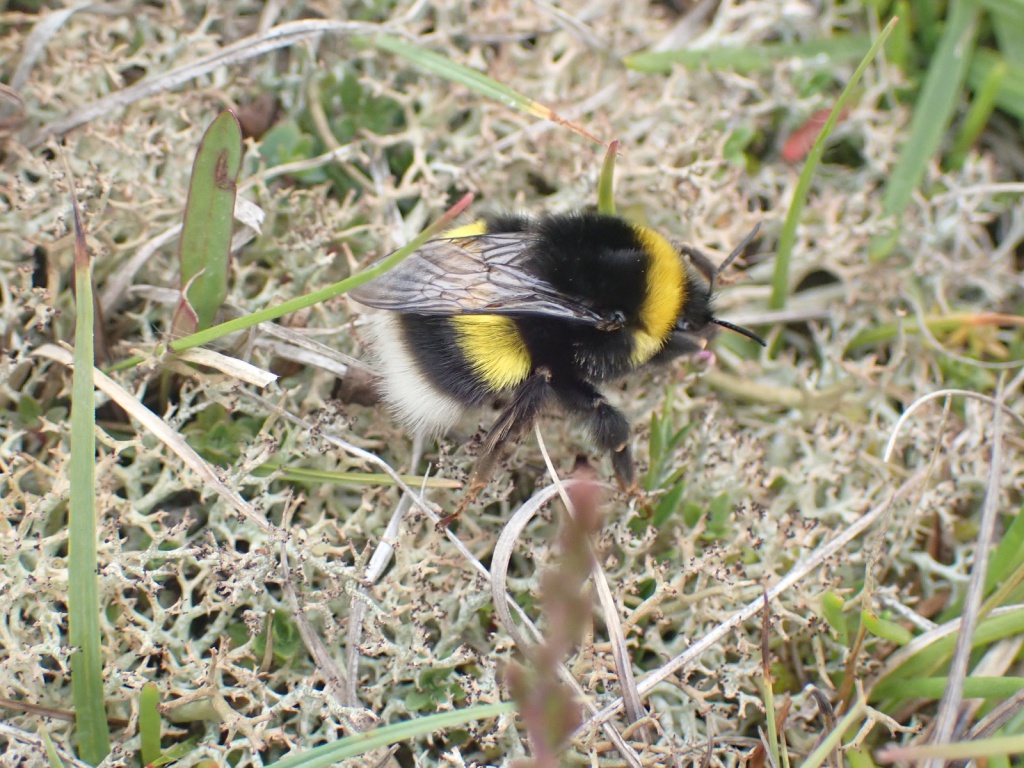
Queens and workers
Queens have a clean-white tail and two lemon-yellow bands. There is one yellow band behind the head and one across the abdomen.
Queens can look similar to queen Buff-tailed Bumblebees. However, Buff-tailed Bumblebees have an off-white to tawny tail and darker yellow bands.
Workers are small versions of queens, with white tails and two yellow bands. Workers are very difficult to separate from workers of Buff-tailed Bumblebees. Buff-tailed and White-tailed workers should therefore generally be grouped when recording.
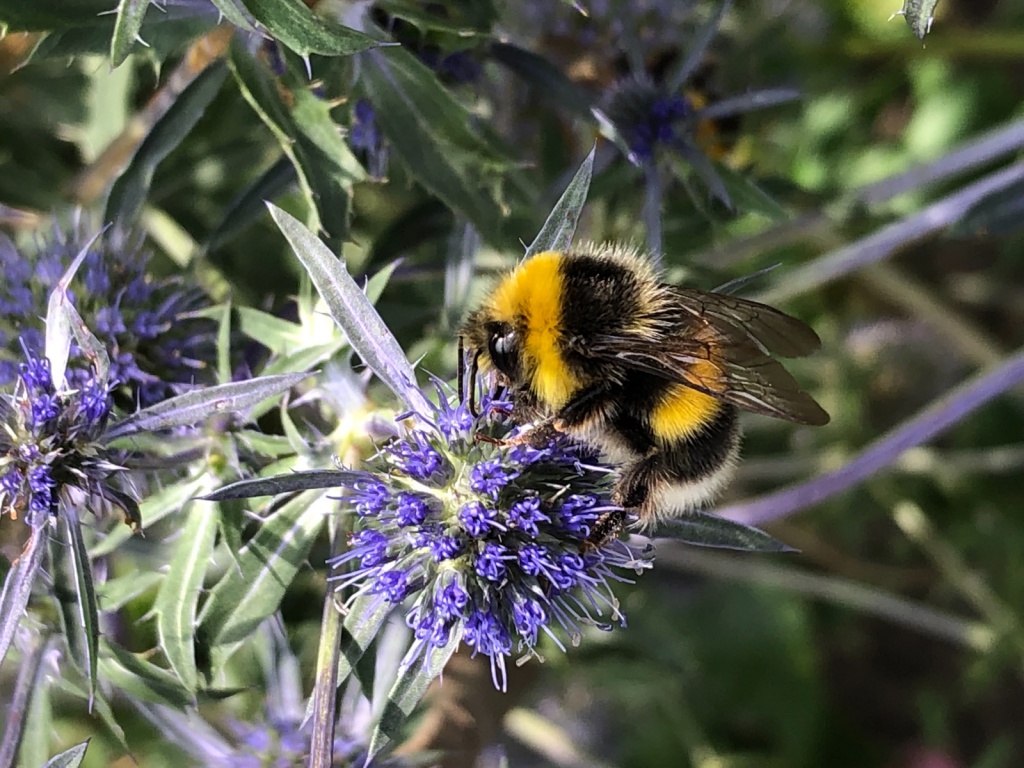
Males
Males also have a white tail but are often more extensively yellow. The thorax and abdomen bands are broader than females. Males can also have yellow facial hair and a tuft of yellow hair on the top of the head.
As with all male bumblebees, male White-tailed Bumblebee have longer antennae and a fluffier coat of hair.
Similar species
Buff-tailed Bumblebee
Buff-tailed Bumblebees generally have an off-white to tawny tail. White-tailed Bumblebees always have a clean-white tail. However, Buff-tailed and White-tailed workers are tricky to separate and should be recorded as an aggregate.
Garden Bumblebee
The Garden Bumblebee is another bumblebee species with a white tail. However, Garden Bumblebees have an additional yellow band on the bottom of the thorax, forming a midriff band. It also has a long, thin face unlike the White-tailed Bumblebee.
Ecology
The White-tailed Bumblebee is actually three species grouped together: the ‘true’ White-tailed, Northern and Cryptic Bumblebee. Currently, they can only be separated by DNA. Northern and Cryptic appear to have more upload, northern and western distributions. White-tailed Bumblebees can still be recorded as an aggregate. Containing around 200 workers, White-tailed Bumblebees nest underground in old rodent burrows. A short-tongued bumblebee, you’ll find this bee foraging on more open flowers. However, they are prone to ‘nectar rob’ from deeper flowers by biting a hole near the base of a flower.
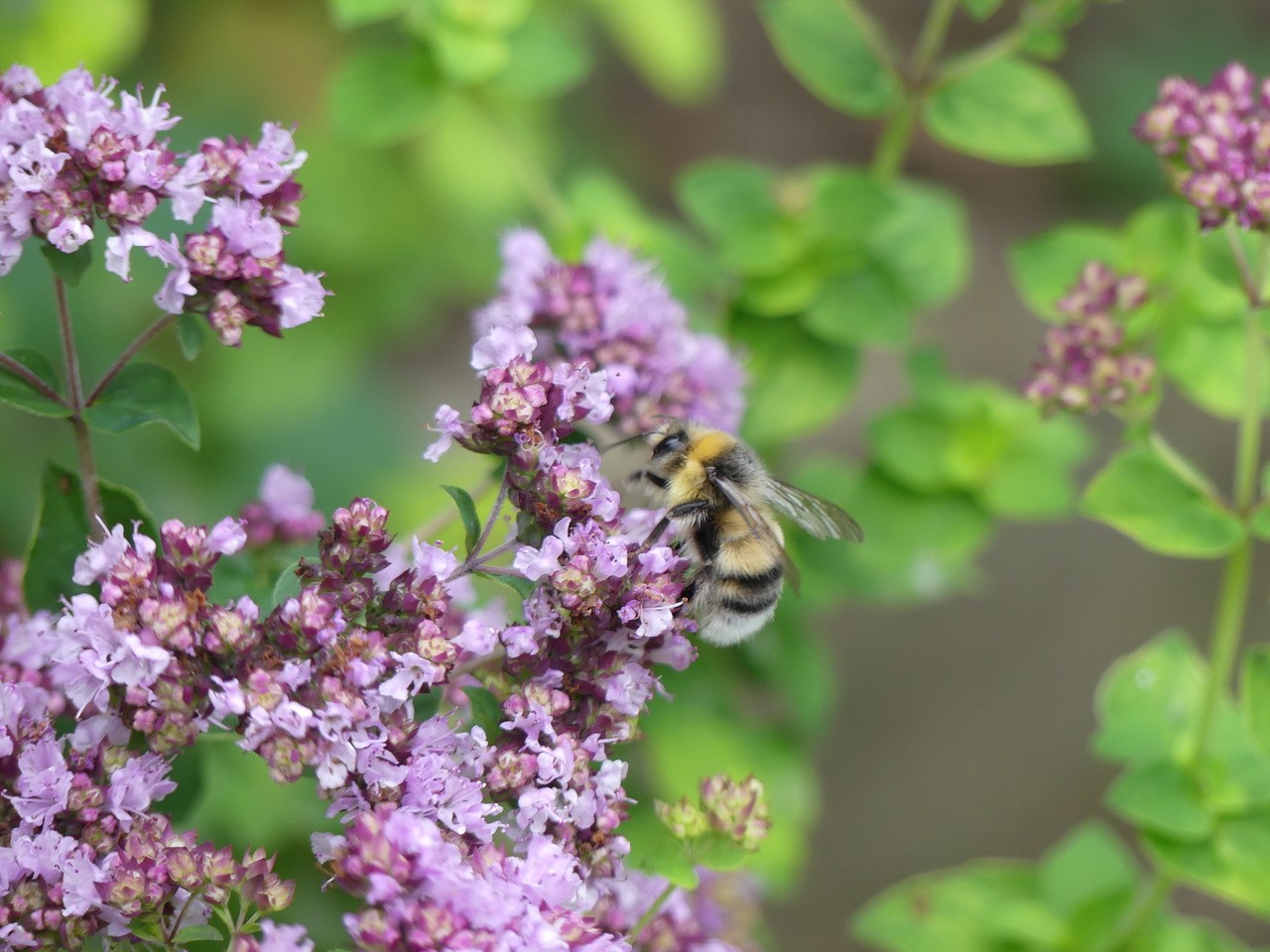
Spotted this bee?
Share your sighting to the North East Bee Hunt and contribute to the conservation and study of our region’s bees.
Regional distribution
Considered as an aggregate, White-tailed Bumblebees are widespread and common in the region. It is widely recorded in both Northumberland and County Durham.
